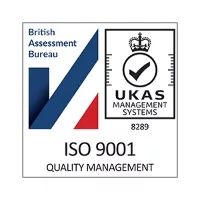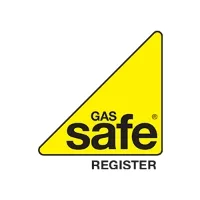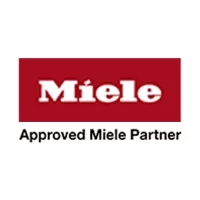In the realm of maintaining cleanliness and hygiene, effective disinfection plays a pivotal role, especially in environments such as hospitals, care homes, hotels, and other facilities with heavy laundry loads. The two primary methods employed for disinfecting laundry are chemical disinfection and thermal disinfection. Both approaches have their advantages and disadvantages, and choosing the right method depends on various factors including the type of facility, the fabrics being treated, and the desired level of microbial eradication. In this blog, we’ll delve into the intricacies of these methods and compare the merits and drawbacks of chemical disinfection versus thermal disinfection in a laundry setup.
Chemical Disinfection
Chemical disinfection involves the use of specialised detergents or additives that contain antimicrobial agents. These agents work to eliminate a wide range of pathogens, including bacteria, viruses, and fungi, by disrupting their cellular structures or inhibiting their growth. Chemical disinfection is often preferred for its ease of use and its ability to achieve effective disinfection at lower temperatures. This method is particularly useful for fabrics that cannot withstand high heat, such as delicate textiles or garments with sensitive dyes.
Advantages of Chemical Disinfection
1. Temperature Sensitivity
One of the key advantages of chemical disinfection is its compatibility with a wide range of fabrics, even those that are temperature-sensitive. This allows for the disinfection of items that might be damaged by the high temperatures used in thermal disinfection.
2. Energy Efficiency
Chemical disinfection requires lower water temperatures compared to thermal disinfection, leading to reduced energy consumption during the laundering process. This can result in cost savings over time, especially in large-scale laundry facilities.
3. Gentle on Fabrics
Delicate fabrics, such as silk or certain synthetic blends, can be effectively disinfected without risking damage from high heat exposure. Chemical disinfection provides a gentle yet effective approach for maintaining fabric integrity.
Disadvantages of Chemical Disinfection
1. Chemical Residues
While chemical disinfection agents are designed to rinse away during the laundering process, there’s a possibility of some residues remaining on the fabric. This can lead to skin irritation or allergies for sensitive individuals.
2. Potential for Resistance
Frequent use of chemical disinfectants could potentially contribute to the development of antimicrobial resistance over time, as microbes adapt to these agents.
Thermal Disinfection
Thermal disinfection involves subjecting laundry items to high temperatures that effectively kill pathogens and microbes. This method relies on heat’s ability to denature proteins and disrupt cellular structures, rendering microorganisms inactive. Thermal disinfection is commonly used in healthcare settings where a higher level of microbial eradication is required to prevent the spread of infections.
Advantages of Thermal Disinfection
1. High-Level Disinfection
Thermal disinfection is highly effective at killing a broad spectrum of pathogens, making it an ideal choice for environments where infection control is paramount, such as hospitals and clinics.
2. No Residue Concerns
Unlike chemical disinfection, thermal disinfection does not leave behind any chemical residues on the laundered items. This can be especially important for facilities that prioritize hypoallergenic and residue-free textiles.
3. Microbial Resistance is Less Likely
Since thermal disinfection relies on heat to eradicate microbes, there is a lower likelihood of antimicrobial resistance developing, as compared to the potential resistance that can arise from the use of chemical agents.
Disadvantages of Thermal Disinfection
1. Fabric Compatibility
Not all fabrics can withstand high temperatures without shrinking, fading, or losing their structural integrity. This limitation can restrict the range of items that can be effectively disinfected using thermal methods.
2. Energy Consumption
Thermal disinfection demands higher water temperatures and more energy, leading to increased operational costs for facilities in terms of both utilities and equipment maintenance.
3. Color & Fabric Damage
Vibrant colors, delicate fabrics, and textiles prone to wear and tear may suffer damage from exposure to high heat, limiting the applicability of thermal disinfection.
Choosing between chemical disinfection and thermal disinfection in a laundry setup requires careful consideration of factors such as fabric type, facility requirements, and desired level of microbial control. Chemical disinfection offers the advantage of fabric compatibility and energy efficiency, making it suitable for delicate textiles. On the other hand, thermal disinfection excels at achieving high-level microbial eradication without leaving behind any chemical residues. However, it demands more energy and can be detrimental to certain fabrics.





